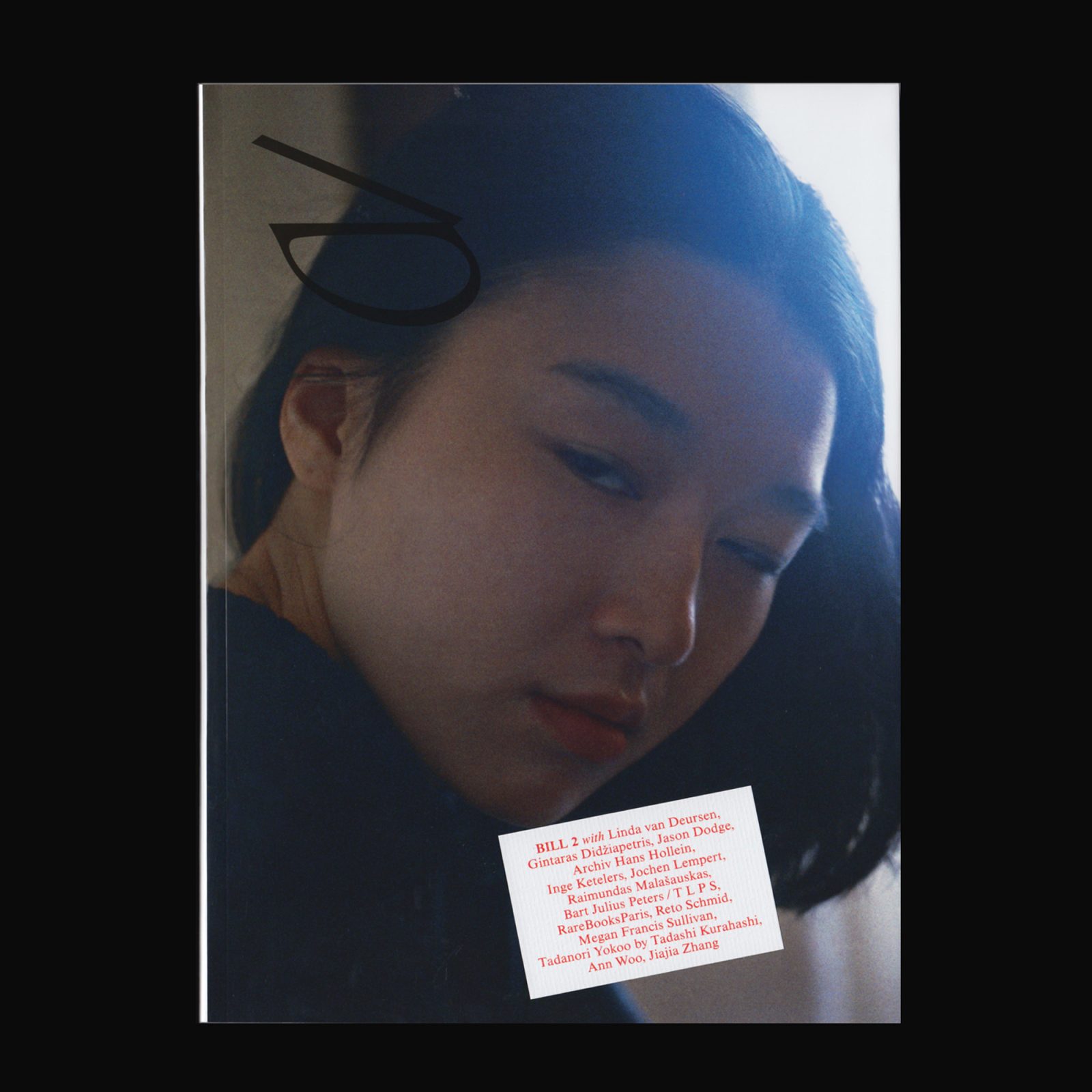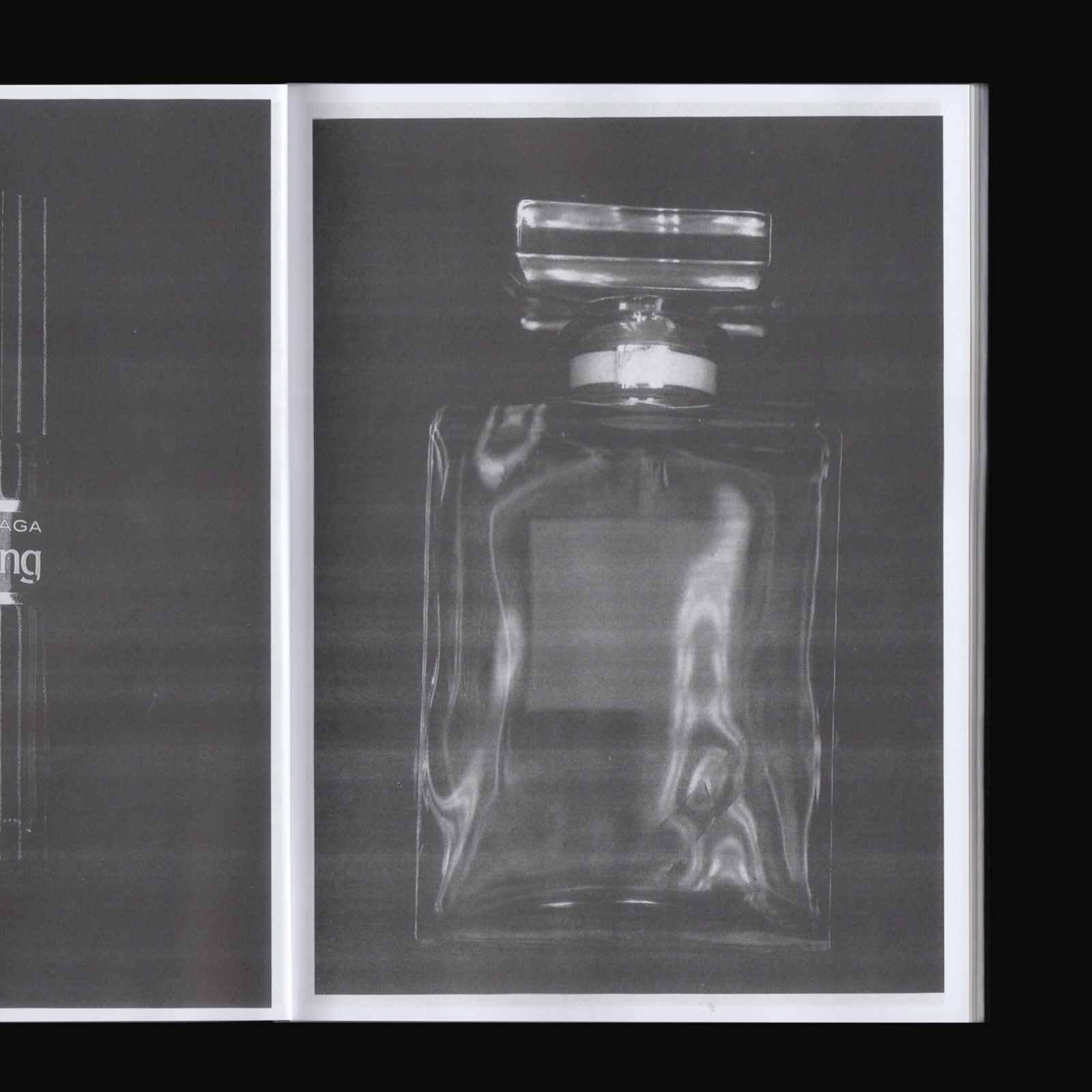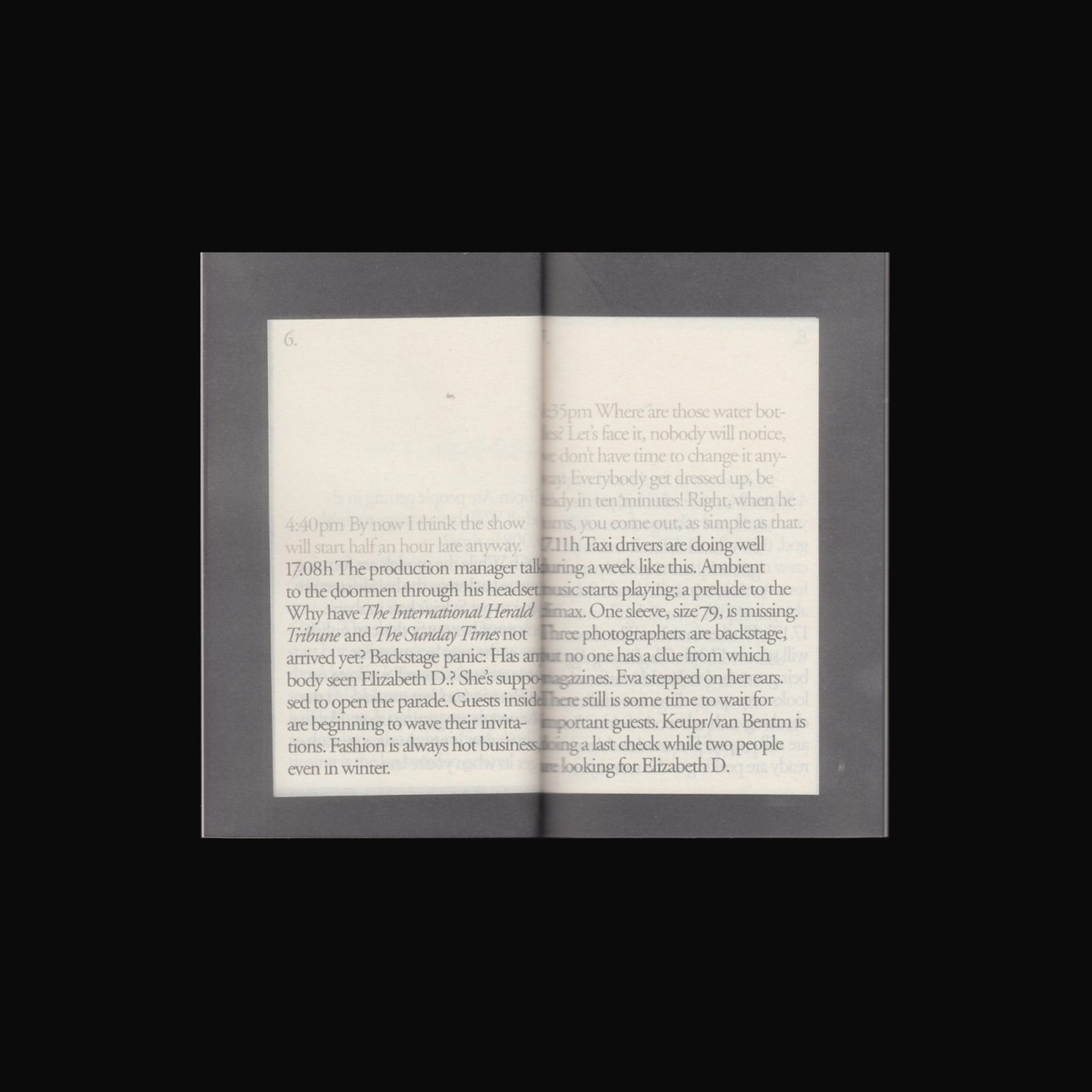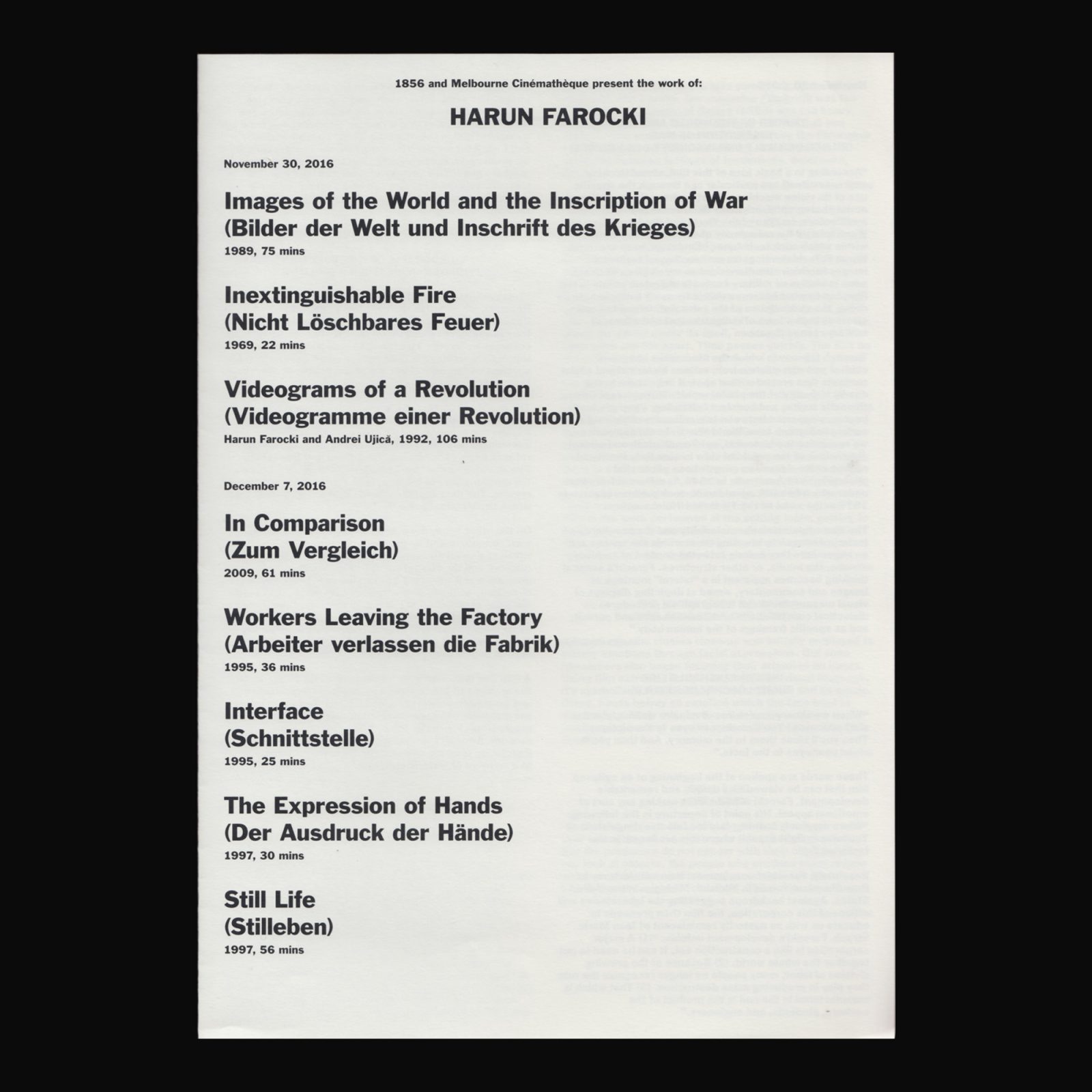First issue of an annual magazine of photographic stories, edited and designed by Julie Peeters. Twelve contributors present new or previously unpublished work. BILL prioritizes visual reading without distraction, the images that appear in the magazine are printed without any accompanying text. Contributors to the first issue are: Jochen Lempert, Ketuta Alexi-Meskhishvili, Katja Mater, Elena Narbutaite, Rosalind Nashashibi & Vivian Suter, Arthur Ou, Scott Ponik, Adam Putnam, Johannes Schwartz, Algirdas Šeškus, Linda van Deursen, and Stand Up Comedy.














Bill 2 is the second issue of an annual magazine of photographic stories, edited and designed by Julie Peeters. Twelve contributors present new or previously unpublished work. Bill prioritizes visual reading without distraction, the images that appear in the magazine are printed without any accompanying text. Contributors to the second issue are: Gintaras Didziapetris, Jason Dodge, Archiv Hans Hollein, Inge Ketelers, Tadashi Kurahashi by Tadanori Yokoo–Tadanori Yokoo by Tadashi Kurahashi, Jochen Lempert, Raimundas Malasauskas, Bart Julius Peters / T L P S, Reto Schmid, Megan Francis Sullivan, Linda van Deursen, Ann Woo, and Jiajia Zhang.










Mode and Mode is a periodical that addresses printed matter in fashion practice. Each issue explores experimental publishing in fashion with an interview around a print-based project at the margins—one that has critical effects to fashion as a discourse—with the aim to level alternative, lesser-known fashion practices with contemporary fashion discourse.
Mode and Mode six ‘Art for All’ featuring an interview with Hans Ulrich Obrist on the publication point d’ironie co-founded with artist Christian Boltanski and agnès b., and a foldout poster created by Kate Meakin and Jessie Kiely.



Catalogue for a season of film screenings at Melbourne Cinematheque focusing on the work of Harun Farocki, presented by 1856.
Designed by Lucas Quigley.
You can find more on the program here.



Catalogue for an exhibition of new work made by Patricia L. Boyd in Melbourne, presented across two locations: at Victorian Trades Hall and a coworking creative office space 225 Queensberry St, Carlton.
Designed by Beaziyt Worcou.
You can find more on the exhibition here.